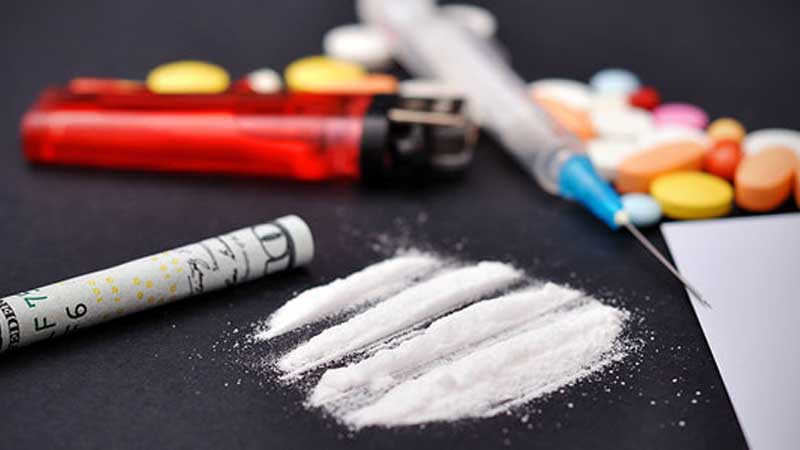Government of Canada helping communities address rising methamphetamine use
Tuesday, 22 June 2021 02:08.PM
- Nearly $7M to support treatment and harm reduction services as well as increase knowledge on methamphetamine use. -
In recent years, methamphetamine use and related harms have increased in many communities, especially in Western and Central Canada. The latest evidence also shows that, since the onset of the pandemic, the use of stimulant drugs, like methamphetamine, has increased. The Government of Canada is deeply concerned about this increased use and the risks it poses to the health and safety of people who use methamphetamine, and their communities.
Today, on behalf of the Honourable Patty Hajdu, Minister of Health, Jennifer O'Connell, Parliamentary Secretary to the Minister of Health, announced nearly $7 million in federal funding for 13 projects to help people and communities address methamphetamine use and reduce the harms associated with it in Western and Central Canada. Seven of the funded projects focus specifically on the needs of Indigenous communities.
Treatment and recovery for people who use methamphetamine can be particularly challenging, due to fewer treatment options and the significant stigma they face. These new initiatives will help bridge gaps in a number of areas by developing and implementing treatment and harm reduction services; generating much-needed information on methamphetamine use; and developing and disseminating resources for communities, including those that are specific to Indigenous communities, women and youth. Together, these projects will improve access to and the quality of care for people struggling with methamphetamine use.
The Government of Canada continues to work with all levels of government, partners, stakeholders, people with lived and living experience and organizations in communities across the country to prevent harms associated with substance use.
"Substance use is a public health issue. Those who use drugs deserve our compassion and support, especially considering the significant stigma they face and that often prevents people from getting services and help. These organizations do incredibly important work to support people who use drugs, including methamphetamine. When all people can access safe and respectful services, communities are healthier and safer."
- The Honourable Patty Hajdu, Minister of Health
Quick Facts
- Methamphetamine is a powerful, highly addictive synthetic stimulant drug controlled under the Controlled Drugs and Substances Act. Harmful use of methamphetamine is often driven by a number of underlying factors including poverty, lack of housing, experiences with trauma, and co-occurring mental health issues.
- Since 2019, methamphetamine and cocaine have become the two most commonly seized substances by law enforcement in Canada. Data from supervised consumption sites across Canada also show that methamphetamine is often the second most commonly reported substance consumed, after opioids. Meanwhile, more than half of all accidental opioid toxicity deaths in 2020 also involved a stimulant.
- A 2019 study on the impacts of methamphetamine found some Indigenous communities across Canada are increasingly reporting significant health and safety issues related to methamphetamine use.
- To further help people experiencing substance use and tackle the ongoing overdose crisis, the Government recently announced in Budget 2021 an additional $116 million for the Substance Use and Addictions Program. The funding would support a range of innovative approaches to harm reduction, treatment, and prevention at the community level.
- This builds on $66 million invested in the 2020 Fall Economic Statement for community-based organizations responding to substance use issues, including helping them provide frontline services in a COVID-19 context.
- In addition to this funding, Health Canada is providing more than $5.2 million over four years to River Stone Recovery Centre for its safer supply project in Fredericton, New Brunswick that offers a pharmaceutical alternative to toxic, illegal methamphetamine and opioids.
SOURCE: Health Canada
